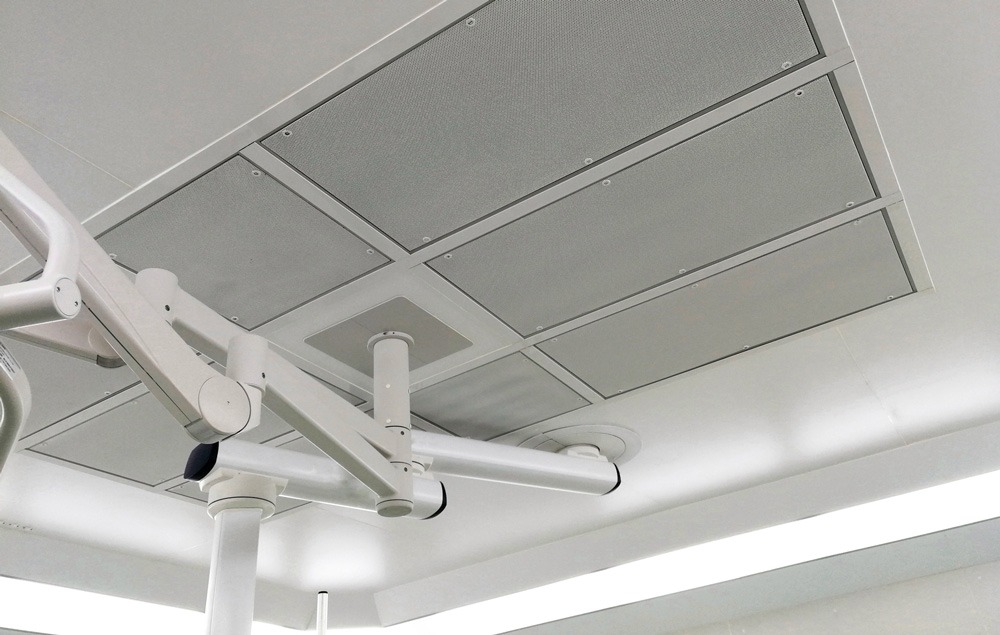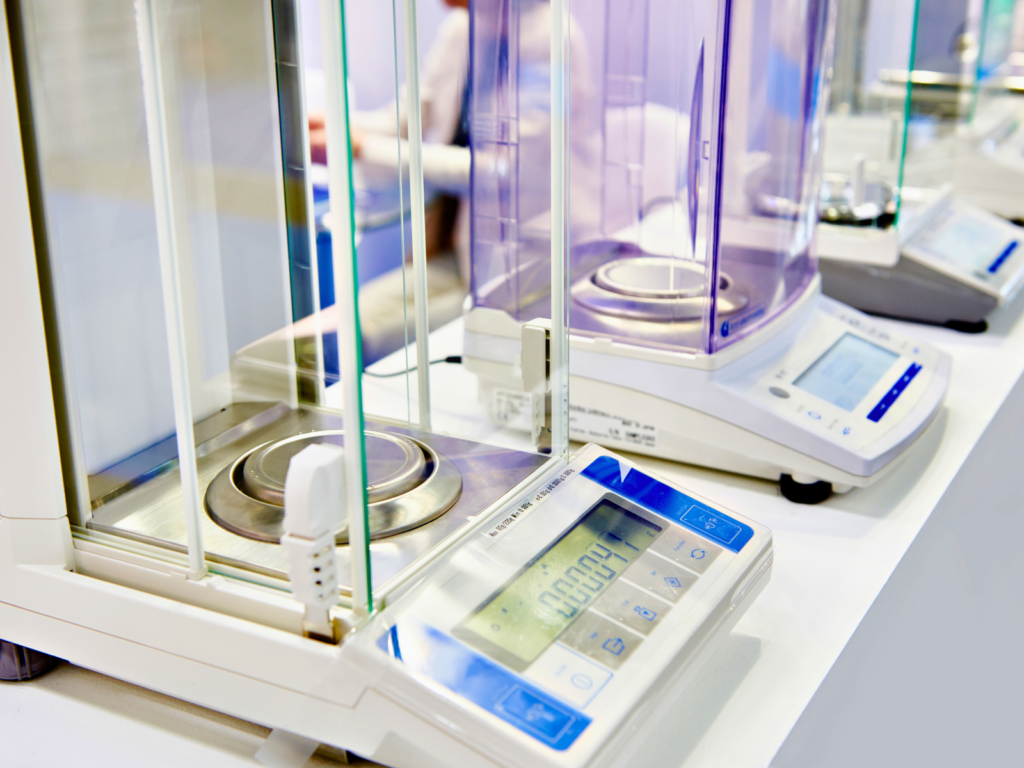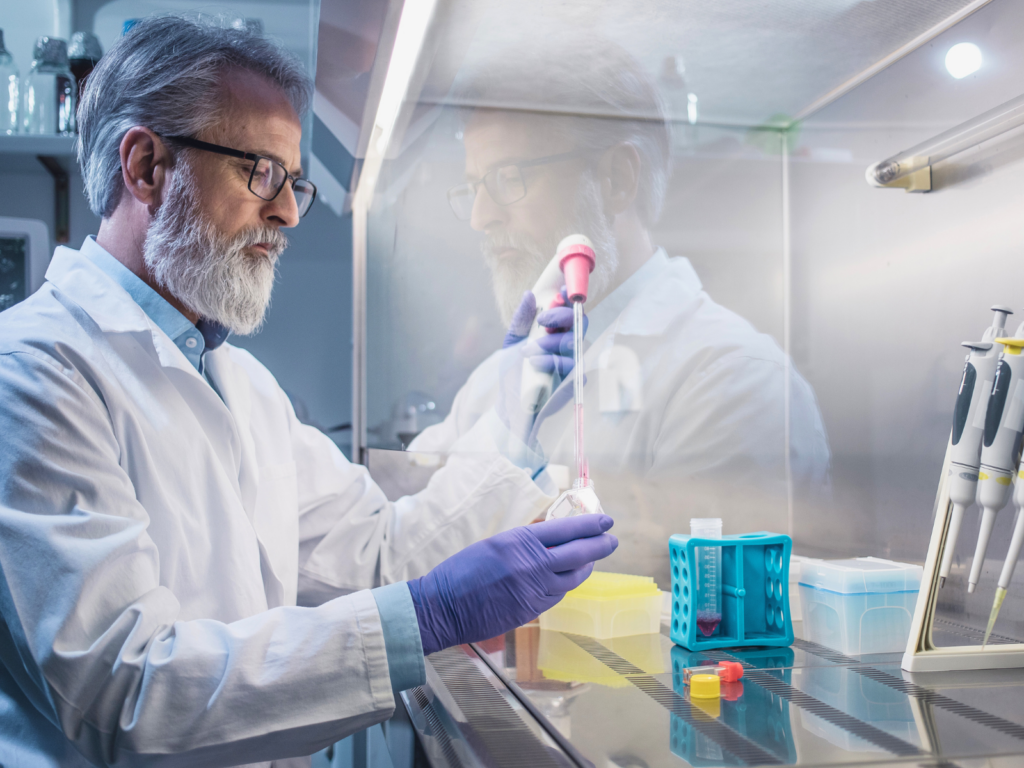Looking for ways to comply with cleanroom certification USP 797 & USP 800? We can help! Allometrics provides USP 797 & USP 800 cleanroom testing and certification services that consider clients’ requirements while following the industry, domestic and international standards guidelines critical for maintaining a sterile cleanroom.
A cleanroom is classified based on the quality of the air within it. Testing once or twice per year is necessary to validate the air quality and that the cleanroom is functioning following all the specific parameters established in USP 797 and USP 800 certification.
Some of the tests needed to guarantee that the systems are working within USP 797 and USP 800 standards include:
Air Volume and Velocity Readings: Air, as we mentioned above, is of fundamental importance to cleanrooms. Controlling a cleanroom requires attention to factors such as air filtration, air velocity, and airflow. This test confirms that both unidirectional and non-unidirectional flow areas are adequately balanced, and that unidirectional zones maintain proper air patterns.
HEPA Filter Integrity Testing: HEPA filters must be checked using a photometer for leakage through the filtration system to verify the filter’s efficiency. This is critical as leaks could allow the transmission of contaminant particles.
Non-Viable Particle Counting: This process is essential for contamination risk management; it reports the number of airborne particles of a specified size in the cleanroom; non-viable particles include dust and smoke.
Room Pressurization Testing: Room pressurization testing verifies that room pressure differential remains within specified limits according to the design.
In addition to the above testing, Allometrics provides further testing for cleanrooms, among them:
Air Balancing: Used to confirm airflow is adjusted according to the design, considering room exchange rates and pressure cascade.
Viable Air Sampling: Must be conducted in all classified areas during dynamic operating conditions.
Airflow Visualization Testing: Verifies the airflow direction using a source of visible fog. This helps identify stagnant areas within the cleanroom.
Room Air Exchange Rates: This test is instrumental in confirming that the area is meeting its design airflow.
Temperature/Relative Humidity Testing: HVAC controls require periodic testing to confirm proper functioning and guarantee temperature and humidity within specified limits. Changes in the moisture and temperature levels can cause bacteria to grow or degrade products and promote corrosion.
Lighting, Vibration, and Sound Testing: These elements are essential in designing a cleanroom since they can affect the quality of the process followed in the cleanroom and worker’s productivity.
Room Pressure: The pressure of a cleanroom must cascade to prevent cross-contamination coming from adjacent areas.
Room Recovery: Meant to determine the amount of time necessary for the environmental conditions in a cleanroom to return to its designed state of control after a short particle generation event.
Viable Surface Sampling: This test determines the presence of viable microorganisms on the surfaces of the cleanroom.
As you can see, there are many ways to test and comply with cleanroom certification, and it involves careful coordination of systems, equipment, and space.
Every aspect of cleanroom certification USP 797 and USP 800 compliance requires close monitoring to limit cross-contamination as much as possible.
The best way to remain compliant is to create well-designed workflows and proper separation of space and implement a detailed equipment maintenance schedule.
Allometrics is your partner in cleanroom certification services, providing flexible report formatting that will help you maintain a clear and detailed track of your cleanroom and ensure the environment’s correct functioning through complete tests carried out by experienced professionals aided by the latest technology.
Contact Allometrics today for a….







